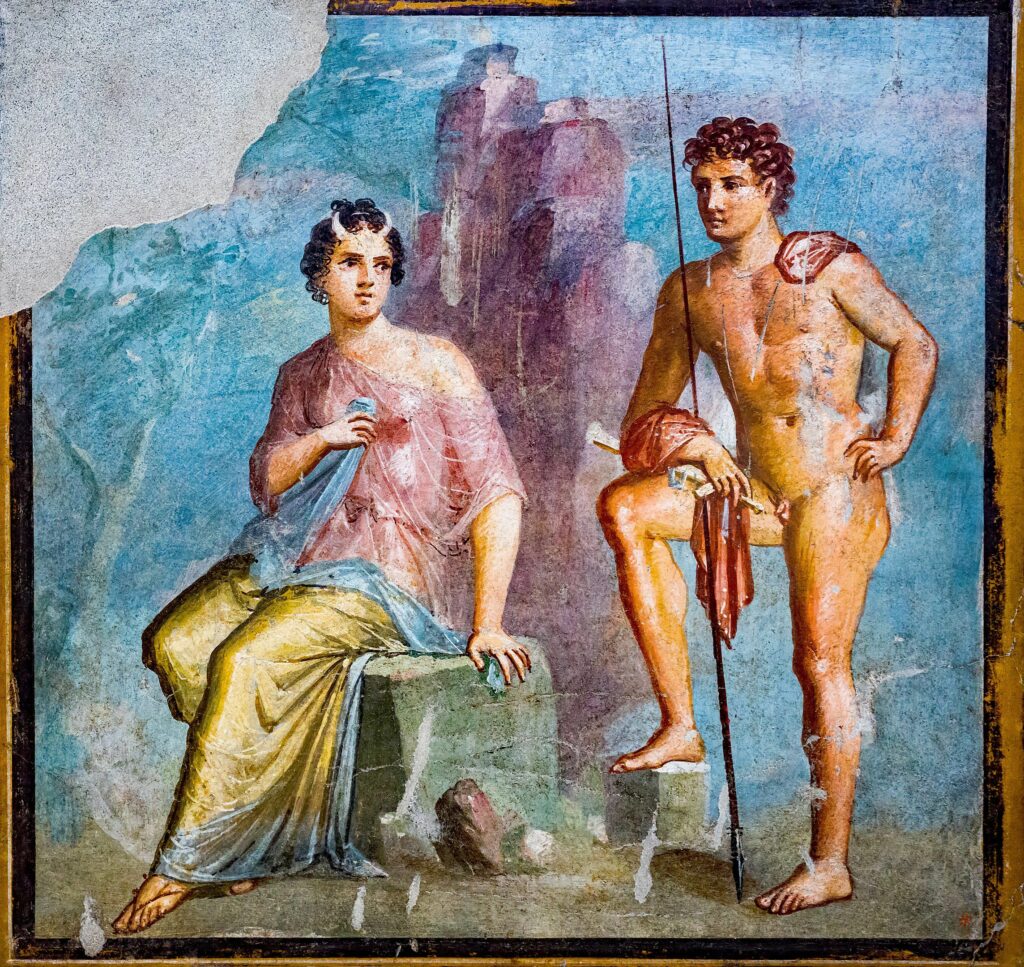
Io was the daughter of the river god Inachos in Ancient Greek mythology. Zeus (Jupiter) noticed the girl and took her as his mistress. When Zeus’ wife, Hera, almost caught them in the act, Zeus turned himself into a white cloud and Io into a snow-white heifer to hide his act.
Hera, on the other hand, saw through the camouflage test and asked for a heifer as a gift for herself. Zeus could not refuse to make such a gift.
To prevent Io from meeting Zeus, Hera put Argos, a hundred-eyed giant monster, to guard the heifer. Zeus ordered Hermes to kill Argos, which he did, presuming all of Argos’ hundred eyes with a flute game. Io escaped.
Hera noticed the escape and sent a flock of cattle to pick up Io, who pursued him non-stop, forcing Io to roam the country. On his journey, Io also happened to pass through the Marmara and Black Seas. This place was named bosphorus (“bull passage”).
In the Caucasus mountains, Io met a chained Prometheus. Despite his suffering, Prometheus comforted Io by predicting that his human form would return and become the ancestor of Hercules, the greatest hero of all time.
After long journeys, Io reached Egypt via the Ionian Sea, where Zeus restored his human form. There she gave birth to Zeus’ son Epaphos. Io later married King Telegonus of Egypt. Prometheus’ prophecy, however, came true — Io became the ancestor of Hercules.
JUPITER’S COMPANION IO
In January 1610, german astronomer Simon Marius was the first to notice the planet Jupiter’s four largest moons. The moon closer to Jupiter was named Io.
Io is a reddish-orange, a small, interesting celestial body with a moderate temperature. But its volcanic estuaries have the hottest places in the solar system after the Sun.
Io Studio is a small place in the solar system that began active operations in January 2012. In our segments of activity, we want to be as hot and interesting as the moon Io has long been discovered.